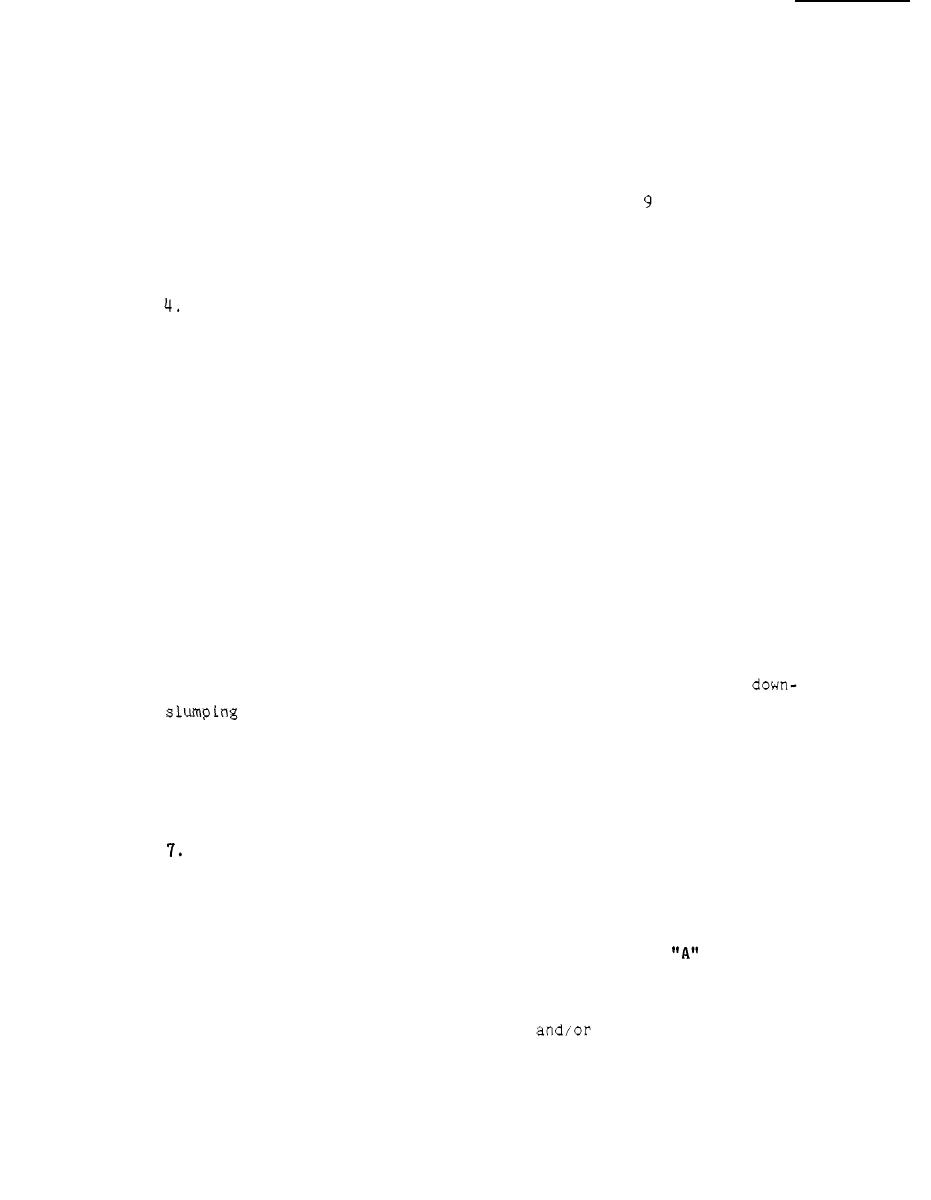
PART 11: SUMMARY OF CORPS BREAKWATER AND JETTY PROJECTS IN NPD
3 . NPD presently maintains 68 breakwaters and 35 jetties located in 48
of their coastal projects. Thirty-eight breakwaters and 5 jetties are located
in 20 projects in US Army Engineer District, Alaska (NPA);
breakwaters and
22 jetties are located in 12 projects in US Army Engineer District, Portland
(NPP); and 21 breakwaters and 8 jetties are located in 16 projects in U Army
S
Engineer District, Seattle (NPS).
Nearly all of the breakwaters and jetties are of rubble-mound con-
struction, although steel pilings, steel sheetpilings, timber pilings (with or
without planks), and concrete have also been used. Early structures were
built primarily by dumping stone from railroad cars on a tramway constructed
above the jetty or breakwater. Where the in situ material provided an insuf-
ficient foundation, structures were constructed on blankets of brush or
gravel. Otherwise, structures were built directly on the existing bottom
material.
5. New construction, repair, and rehabilitation work carried out on
rubble-mound structures in NPS and NPP since 1961 have used placed-stone con-
struction techniques. Due to quality control, random armor stone placement
is specified for NPA structures, but use of placed-stone construction is
encouraged.
6. Most of the jetty repair work is for wave-induced localized damage
on the sea side of the jetty trunks. The damage consists primarily of
slope
of the primary armor stone as a result of both individual armor
stone displacement and toe damage that allow slippage of the outer armor
layers. Both NPA and NPP have constructed sacrificial toe berms of core-size
material to provide added toe stability, trip incident waves to reduce runup
and overtopping, and protect against scour and undermining.
Most of the jetty rehabilitation work consists of rebuilding jetty
heads that have been lost due to scour and undermining combined with storm
wave-induced armor stone displacement. Typical jetty head rehabilitation
includes filling scour holes and forming a bedding foundation with minus
400-lb material then reconstructing the head using only class
stone.
8 . Concrete armor units are not used by the division. Repair work has
generally consisted of placement of additional stone, frequently of a larger
size. Many of the structures have been raised
extended.
5



 Previous Page
Previous Page
